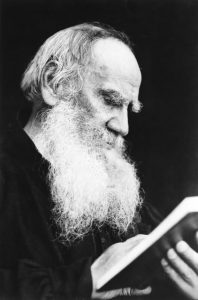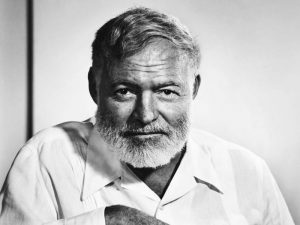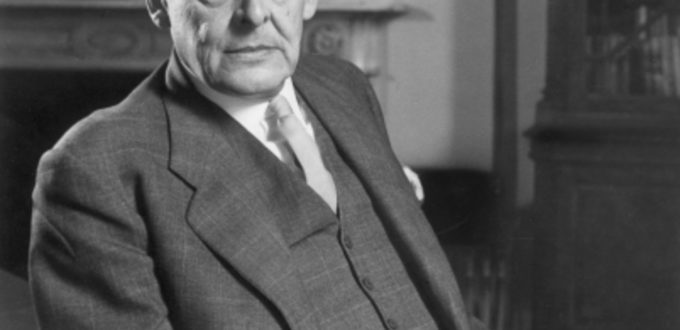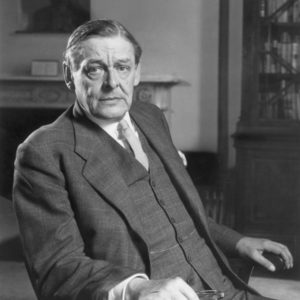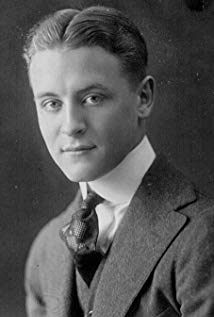Society’s Values
by Debra Conley
Some kids think it’s OK to trash someone else in a chat room or on a “blog.” They think it’s OK to assume fake identities, to hack into databases or other computers, to cut and paste materials into their papers, to forward sexist or racist jokes, and to download music. Well, none of that is OK. Those are examples of slander, vandalism, plagiarism, theft, and racism, and they are just as real on the Internet as on the street or in school, and in some cases, in court.”
I wish I had said that, but this article from SKY Magazine (November 2003) caught my attention and my applause. It was not directed as much toward the idea of right is always right and wrong is always wrong, but about breaching security through Internet chat. The real issue is the larger picture. What is your child learning from activities like these that are pervasive in our society? Is he participating in these activities at another’s home? You might be surprised at how unsupervised your child is while on the Internet at school. Some schools have blocks on their computers; others rely on student integrity. Have you spelled out these offenses to your child? Or are you just assuming he knows this is wrong? Have you asked him if he has engaged in any of these kinds of misuses? The admonition of II Timothy 2:15 is that study must be of truth. When one knows what is truly wrong, he can abstain from it. Our job as parents is to give our children direction in the absolutes of right and wrong, not the shades of truth or the relativism of the world which teaches that some activities are acceptable when the end justifies the means.
No where is this Machiavellian philosophy more prevalent than in modern literature. Reader, beware of the modern philosophies of the current generation of writers. I am including especially those who write for children. They have an agenda to push (refer to Telling the Truth by Lynne Cheney) and have no one placing the admonition of II Timothy upon them. That’s your job.




